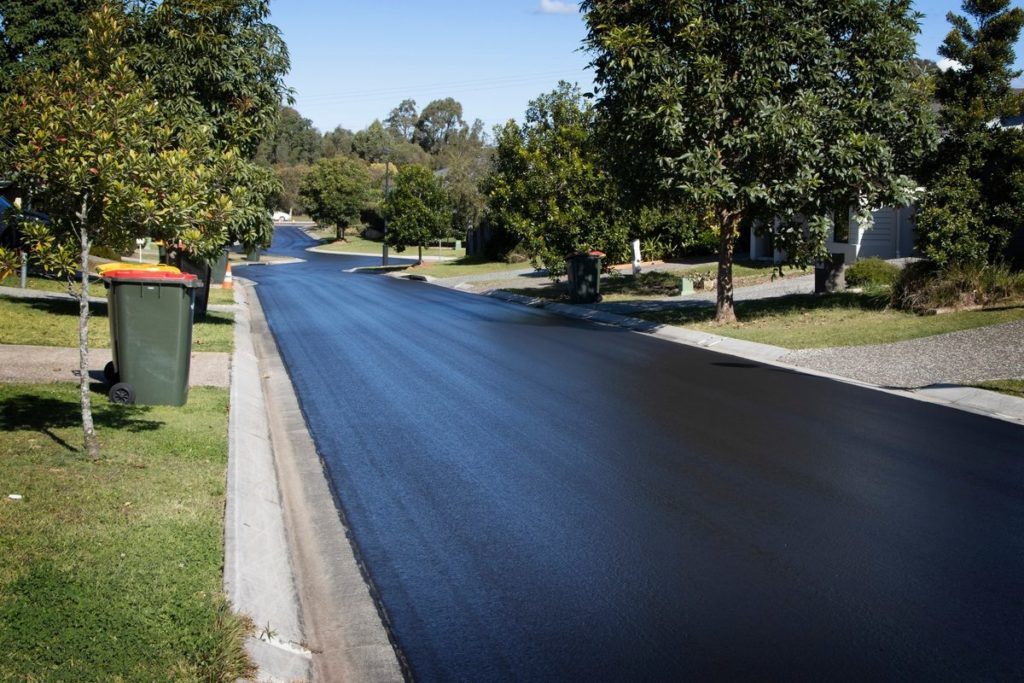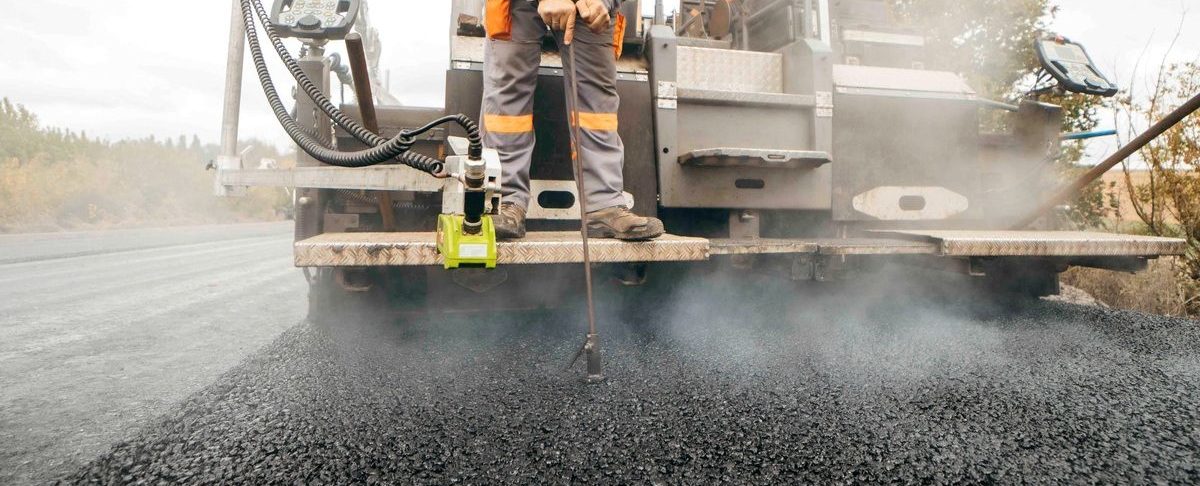Asphalt is one of the most reliable and cost-effective materials used in community roadways, but it still requires regular upkeep to stay functional and attractive. Whether you’re managing a townhome association, apartment complex, or gated community, keeping up with blacktop road maintenance helps avoid costly repairs, reduces liability, and maintains curb appeal for residents and visitors alike.
Understand the Basics of Blacktop Road Maintenance
Maintaining asphalt begins with understanding how it ages and what causes deterioration.
What Makes Blacktop Roads Break Down
Blacktop, or asphalt, is made of aggregates and a binder that holds everything together. Over time, exposure to sunlight, moisture, snowplows, and vehicle traffic wears it down. If left unchecked, cracks form, edges unravel, and potholes develop. For communities in Minnesota, freeze-thaw cycles can accelerate this process quickly.
Why HOAs and Property Managers Must Be Proactive
Waiting for visible damage before taking action can lead to much higher repair costs. Proactive maintenance extends the life of your blacktop road by preserving structural integrity and preventing water intrusion. It also shows residents that their community is being cared for, which adds to property value and satisfaction.
A solid maintenance plan prevents minor issues from escalating into significant costs. Additionally, establishing a comprehensive maintenance schedule is crucial for ensuring safe, functional, and visually appealing roadways in every community.
Set a Regular Inspection and Maintenance Schedule
Keeping a close eye on your roads can help spot issues early and avoid costly fixes.
Conduct Seasonal Inspections
We recommend scheduling inspections in the spring and fall. In the spring, look for damage caused by snowplows and thawing ground. Check for cracks or surface wear that should be addressed in the fall before winter weather hits.
What to Look for During Inspections
- Longitudinal or alligator cracks
- Faded or worn striping
- Uneven drainage or pooling water
- Edge breakdown near curbs or sidewalks
- Potholes or surface depressions
Even if everything looks fine on the surface, inspections by a qualified asphalt contractor can reveal issues that aren’t immediately visible. Their expertise can help ensure a comprehensive assessment and the implementation of necessary repairs before problems escalate.
Include Sealcoating and Crack Sealing in Your Plan
Two of the most effective blacktop maintenance services are sealcoating and crack sealing. These essential treatments not only enhance the appearance of your pavement but also extend its lifespan, protecting it from the elements and everyday wear and tear. Investing in these services ensures your surfaces remain smooth, safe, and visually appealing for years.
Why Sealcoating Matters
Sealcoating involves applying a protective layer over blacktop surfaces to shield them from damage caused by UV rays, water, and chemicals such as road salt. This process not only enhances the blacktop’s appearance, restoring its rich dark color, but also improves the overall aesthetics of your community.
To achieve the best results, it is recommended to sealcoat the blacktop every 2 to 3 years, depending on factors such as traffic levels and exposure to climate conditions.
The Role of Crack Sealing
Small cracks can quickly expand if untreated when water seeps in and freezes. Crack sealing helps prevent this by filling the cracks with a flexible, waterproof material. This process significantly extends the road’s lifespan and reduces the need for early resurfacing.
Routine sealcoating and crack sealing are essential for maintaining strong, safe, attractive pavement.
Budget for Resurfacing and Patching When Needed
No matter how well you maintain a road, there comes a time when resurfacing is necessary.
Resurfacing vs. Repairs
Resurfacing may be best if your road shows widespread wear or structural issues. This process begins with prepping the driveway for resurfacing by grinding off the top layer of asphalt, which is then replaced with a fresh coat. It’s less expensive than a complete replacement and can add 10–15 years of life to your blacktop road. Patching, on the other hand, is best for isolated issues like potholes or soft spots. It’s a more affordable option when full resurfacing isn’t yet required.
Planning for Long-Term Costs
As a property manager or HOA, including blacktop maintenance and resurfacing in your capital improvement plan is smart. Planning allows you to spread the cost over time and avoid surprises when road conditions decline.
Work With a Contractor That Knows Minnesota Roads
Maintaining blacktop roads in Minnesota requires more than standard paving knowledge.
Local Weather Considerations
Heavy snowfall, ice, and frequent freeze-thaw cycles create unique challenges in the Twin Cities area. That’s why you need a contractor who understands how to select the right asphalt blends and apply proven techniques that work in this climate.
Communication and Transparency
A reliable contractor will provide a detailed maintenance plan, timeline, and pricing. You should always know what to expect and feel confident that the work is in your community’s best interest.
Contact Richfield Blacktop Today for HOA and Commercial Maintenance

Managing a blacktop road takes planning, consistency, and the right tools. Proactive maintenance is the smartest investment an HOA or property manager can make in their pavement. Choosing a partner with the right expertise and approach will simplify your job and make your roads last longer.
At Richfield Blacktop, we have assisted HOAs and property managers in Richfield and the Twin Cities with blacktop road maintenance for over 60 years. Our strong warranties and reputation for dependable results and attentive service make us the trusted partner your community can rely on. Contact Richfield Blacktop today for a free HOA or commercial roadway services quote.




